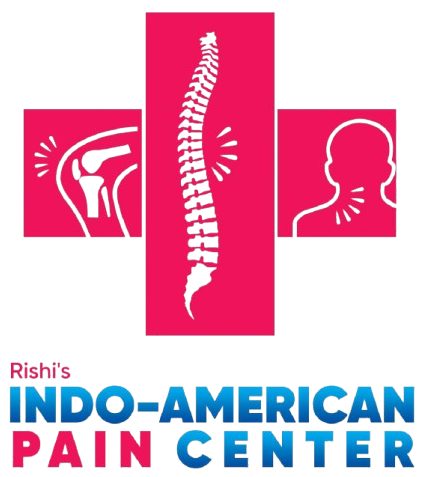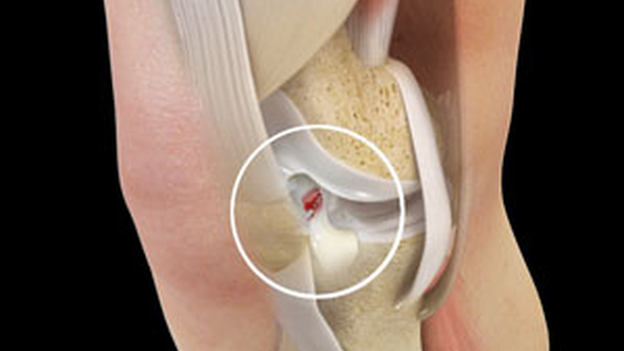The anterior cruciate ligament (ACL) is important for keeping knees stable. It’s a key player in helping us move with ease. Unfortunately, ACL tears are common, especially for people who play sports or lead active lives. Injuring this ligament can be painful and frustrating. Let’s dive into the world of ACL tears and see what causes them, how to spot them, and ways to recover safely.
What Causes ACL Tears and How to Recognize the Symptoms?
ACL tears often happen during sudden movements. This includes quick changes in direction, abrupt stops, and jumping. Some sports, like soccer and basketball, come with higher risks. Females tend to have a higher risk due to certain biological factors. Non-contact injuries can also be sneaky culprits.
Recognizing the signs of an ACL tear is crucial.
Here are the symptoms to look out for:
- A loud “pop” can be heard or felt in the knee
- Immediate swelling around the knee area
- Knee instability when putting weight on it
- Difficulty in bending or straightening the knee
If you notice these symptoms, it’s time to visit a doctor quickly. Early diagnosis and treatment can help prevent further damage. Remember, your knee health is key to staying active.
Exploring Treatment Options: Traditional and Technological Advances
Once diagnosed, treating ACL tears depends on the severity. The RICE method, which stands for Rest, Ice, Compression, and Elevation, is often the first step. Physical therapy helps strengthen the knee and restore movement. But sometimes, surgery becomes necessary, especially for active individuals.
At Rishi’s Indo American Pain Center, innovative techniques offer new hope. They provide minimally invasive procedures, reducing recovery time. Advanced tissue grafts ensure a stronger and more natural repair. Personalized treatment plans are crafted for each patient, taking into account the type and extent of their tear. This tailored approach helps in achieving effective recovery.
Step-by-Step Guide to the Rehabilitation Process
Healing from an ACL tear takes patience and effort. Here’s a look at the journey:
- Early Recovery: The first six weeks focus on reducing swelling and regaining motion.
- Strengthening: Gradually, exercises help improve strength and balance.
- Advanced Training: Months later, activities mimic sports or daily tasks.
Physical therapy is essential in every step. At Rishi’s Indo American Pain Center, you’ll find support every step of the way. Sticking to the rehab plan ensures a healthy and strong knee.
Dispelling Myths and Understanding the Psychological Impact of ACL Tears
ACL tears come with many myths. Some think you can’t play sports again, but that’s not true. Science and technology now offer effective solutions. Another myth is that recovery solely depends on physical healing. In reality, the mindset plays a significant role.
The journey can be overwhelming, impacting mental health.
Rishi’s Indo American Pain Center understands this and provides support systems focusing on both physical and emotional well-being. A positive attitude and the right support go a long way in recovery.
Preventive Measures and Lifestyle Choices for Optimal ACL Health
Prevention is better than cure. Here are some ways to keep your knees healthy and strong:
- Engage in exercises that improve balance and coordination.
- Maintain a healthy weight to reduce stress on your knees.
- Focus on using proper techniques during sports and workouts.
Relying on your community and family for support is crucial. Encouragement from loved ones can assist in sticking to lifestyle changes and making progress. At the core, keeping ACL health in check means avoiding risky movements and ensuring you use the right equipment during activities.
In summary, understanding ACL tears is the first step towards prevention and treatment. By recognizing symptoms, considering various treatment options, and embracing technological advances, you can ensure quicker recovery.
Rishi’s Indo American Pain Center offers a comprehensive approach, supporting both physical recovery and mental well-being. With the right strategies and support, returning to an active lifestyle is within reach.


